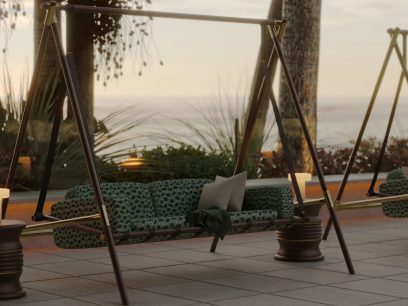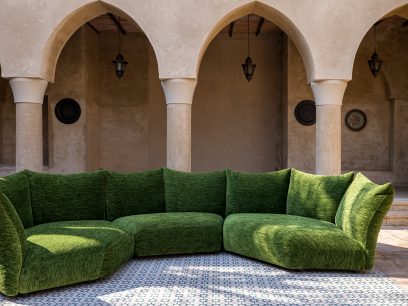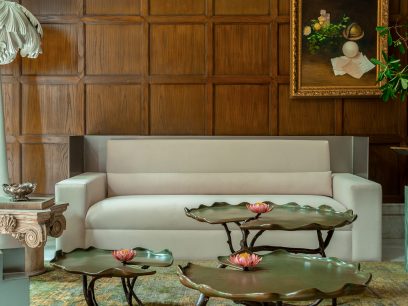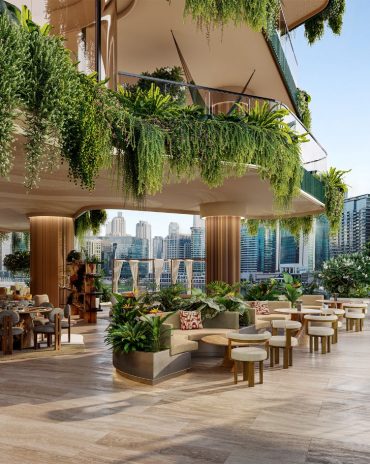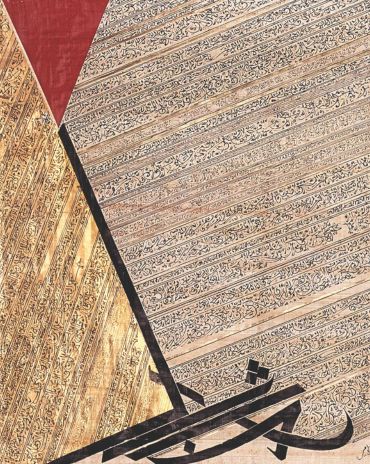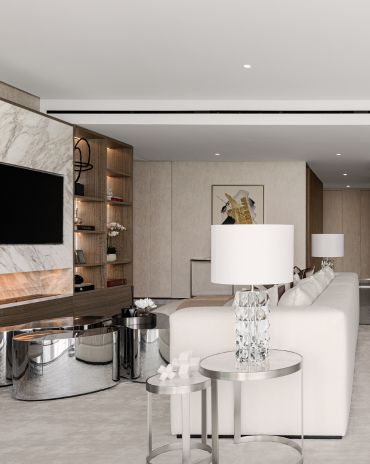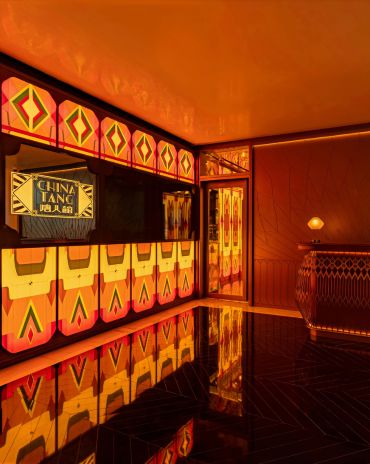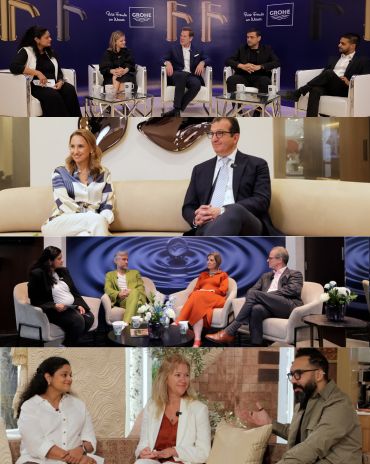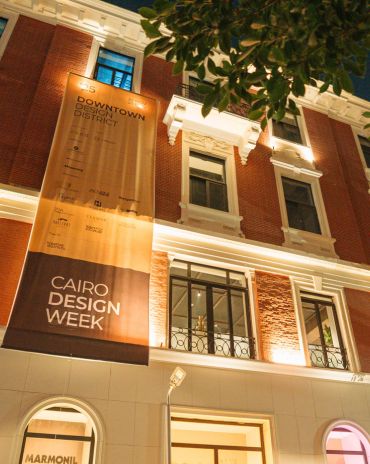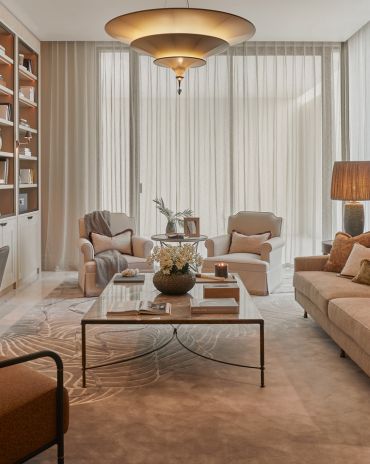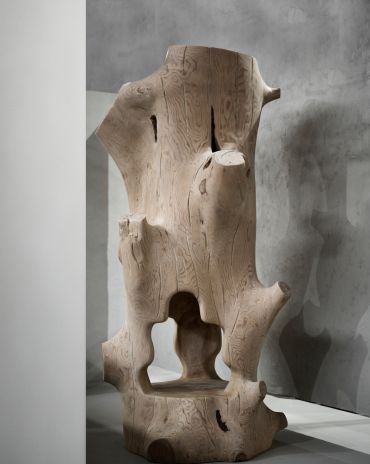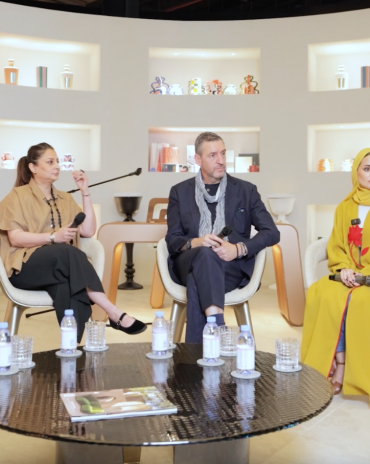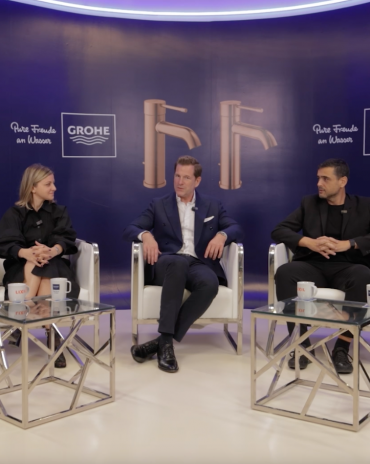Copyright © 2025 Motivate Media Group. All rights reserved.
In Mumbai, reD Architects transformed four apartments into one for a multigenerational family leading an open-door lifestyle
For a multigenerational Indian family of seven, finding the perfect home required some imagination
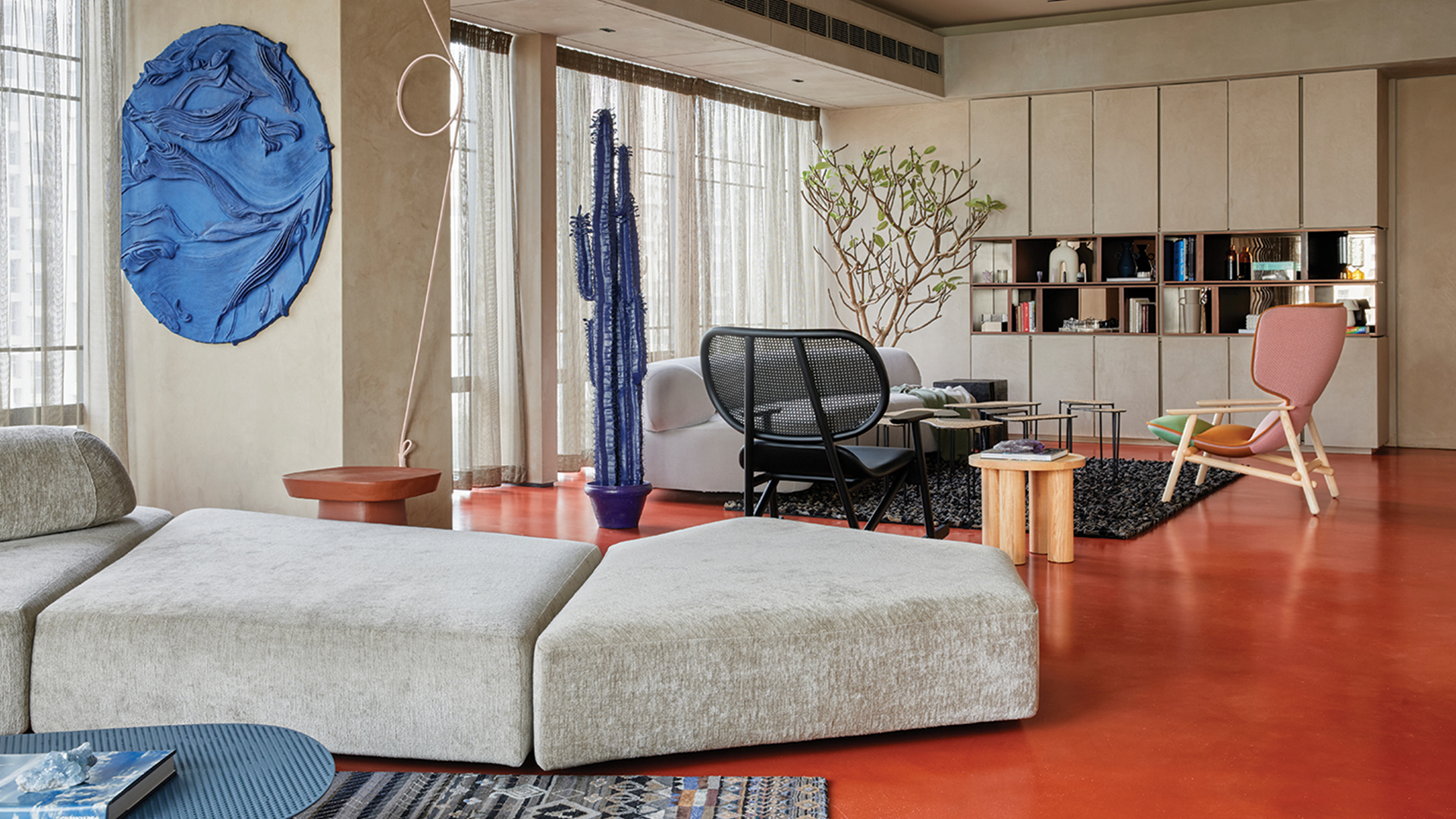
For a multigenerational Indian family of seven (a couple with a son along with his wife and their three children), finding the perfect home required some imagination. They needed a large space, leading them to purchase four apartments located on one floor of a high-rise in the Lower Parel neighbourhood of Mumbai, within a new gated community building. A mutual friend introduced them to reD Architects, co-founded by Rajiv Parekh and Ekta Puri.

“When we met the family, we immediately connected with them on the concept behind the design of their home,” remembers Parekh. “The spaces we create are a reflection of the personalities of the people who inhabit them, and the details are woven through in the stories of how they live, peppered with finer nuances of enhancement in lifestyle.”

One of the most challenging aspects was the space planning, as the service core of the building ran right through the centre of the home. “We made sure the different areas followed a system of hierarchy and merged seamlessly into each other, providing an organic sense of homogeneity,” says Parekh. Spread over 1,115 square metres, the apartment is the result of transforming the four previously separate flats into a single unit. Described by reD Architects as a “square doughnut” comprising four linear spaces with a void at its heart, the home features two entrances, one for the family and one for visitors.

“Spatially, we did manage to amalgamate the circulation and reduce the length of the corridor from what was deemed to be a ‘running track’ of 100 metres to a mere 20 metres,” says Parekh. “Despite this exercise, each person was being given a very generous room with a walk-in wardrobe and bathroom.”

From the lobby, the family space is accessible through a type of ‘temple’, designed with a modern and sculptural approach, while on its opposite side some details pay tribute to the homeowners’ ancestors. “The idea for our client consists in remembering the people who brought them to the world,” says Parekh.

The kitchen door is always open, echoing the welcoming spirit of the family who often hosts large groups of friends and loved ones. A yoga room and a meditation room offer quiet moments when needed. Accustomed to designing spaces that easily adapt to an evolving lifestyle, the team of reD Architects did exactly that with the son’s room, which was originally imagined as a space for the grandmother who sadly passed away after the project started. “The visual language and the use of materials were a direct reflection of time and interaction with the clients,” says Parekh. “They wanted a home which was modern in terms of technology [so everything is automated and connected] yet rooted in tradition in terms of the way the spaces would be used and the materiality of the surface treatments.” Making a bold choice, the architects opted for a homogenous poured epoxy concrete floor in a burnt terracotta colour to evoke the homeowners’ village home in the small town of Betul, while the rest of the palette in the common areas is muted. “When we work on a project, we try to understand what drives our clients, their idiosyncrasy,” explains Parekh. “In this case, they are very generous, warm, grounded to the earth and respectful people. The son spent days on site, sometimes painting [the apartment] himself just because he liked to be involved and participate in the process.”

Instead of choosing obvious luxurious materials such as Italian marble, reD Architects gave priority to Indian stones, adding a twist for more visual appeal and refinement by incorporating inlay patterns. Several furniture pieces were custom-made – such as the bar counter made from six Indian stones that intersect, with a brass plate that has the Preamble of the Constitution etched onto it, honouring the principle that different cultures hold up the common ethos of the country.

“It was very important for us to juxtapose global products with original Indian elements made by fellow professionals with local artisans,” says Parekh. “We call this home ‘The House of Stories’ because narratives of the past have influenced the configuration of the spaces, and a healthy mix of art and technology have given it a modern yet timeless soul.”

Photography by Talib Chitalwala
The Latest
How Eywa’s design execution is both challenging and exceptional
Mihir Sanganee, Chief Strategy Officer and Co-Founder at Designsmith shares the journey behind shaping the interior fitout of this regenerative design project
Design Take: MEI by 4SPACE
Where heritage meets modern design.
The Choreographer of Letters
Taking place at the Bassam Freiha Art Foundation until 25 January 2026, this landmark exhibition features Nja Mahdaoui, one of the most influential figures in Arab modern art
A Home Away from Home
This home, designed by Blush International at the Atlantis The Royal Residences, perfectly balances practicality and beauty
Design Take: China Tang Dubai
Heritage aesthetics redefined through scale, texture, and vision.
Dubai Design Week: A Retrospective
The identity team were actively involved in Dubai Design Week and Downtown Design, capturing collaborations and taking part in key dialogues with the industry. Here’s an overview.
Highlights of Cairo Design Week 2025
Art, architecture, and culture shaped up this year's Cairo Design Week.
A Modern Haven
Sophie Paterson Interiors brings a refined, contemporary sensibility to a family home in Oman, blending soft luxury with subtle nods to local heritage
Past Reveals Future
Maison&Objet Paris returns from 15 to 19 January 2026 under the banner of excellence and savoir-faire
Sensory Design
Designed by Wangan Studio, this avant-garde space, dedicated to care, feels like a contemporary art gallery
Winner’s Panel with IF Hub
identity gathered for a conversation on 'The Art of Design - Curation and Storytelling'.
Building Spaces That Endure
identity hosted a panel in collaboration with GROHE.

